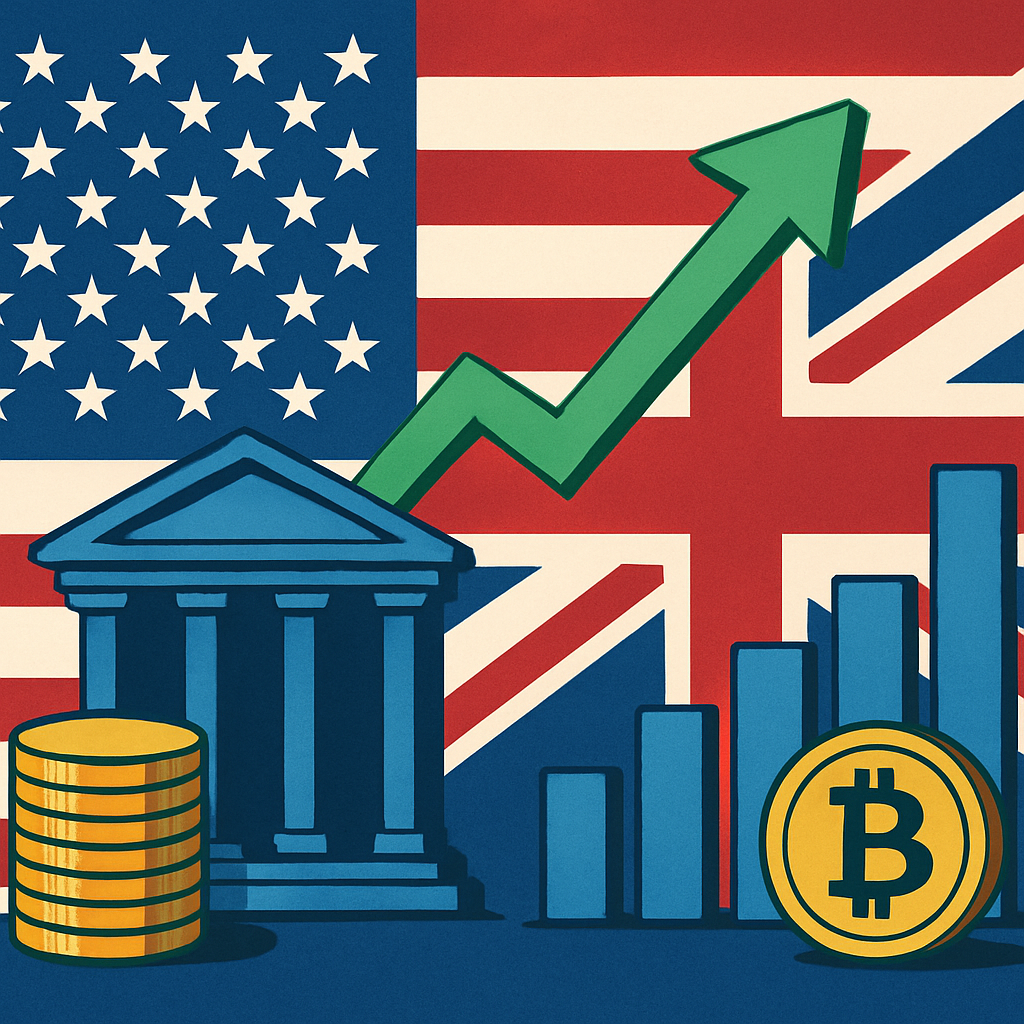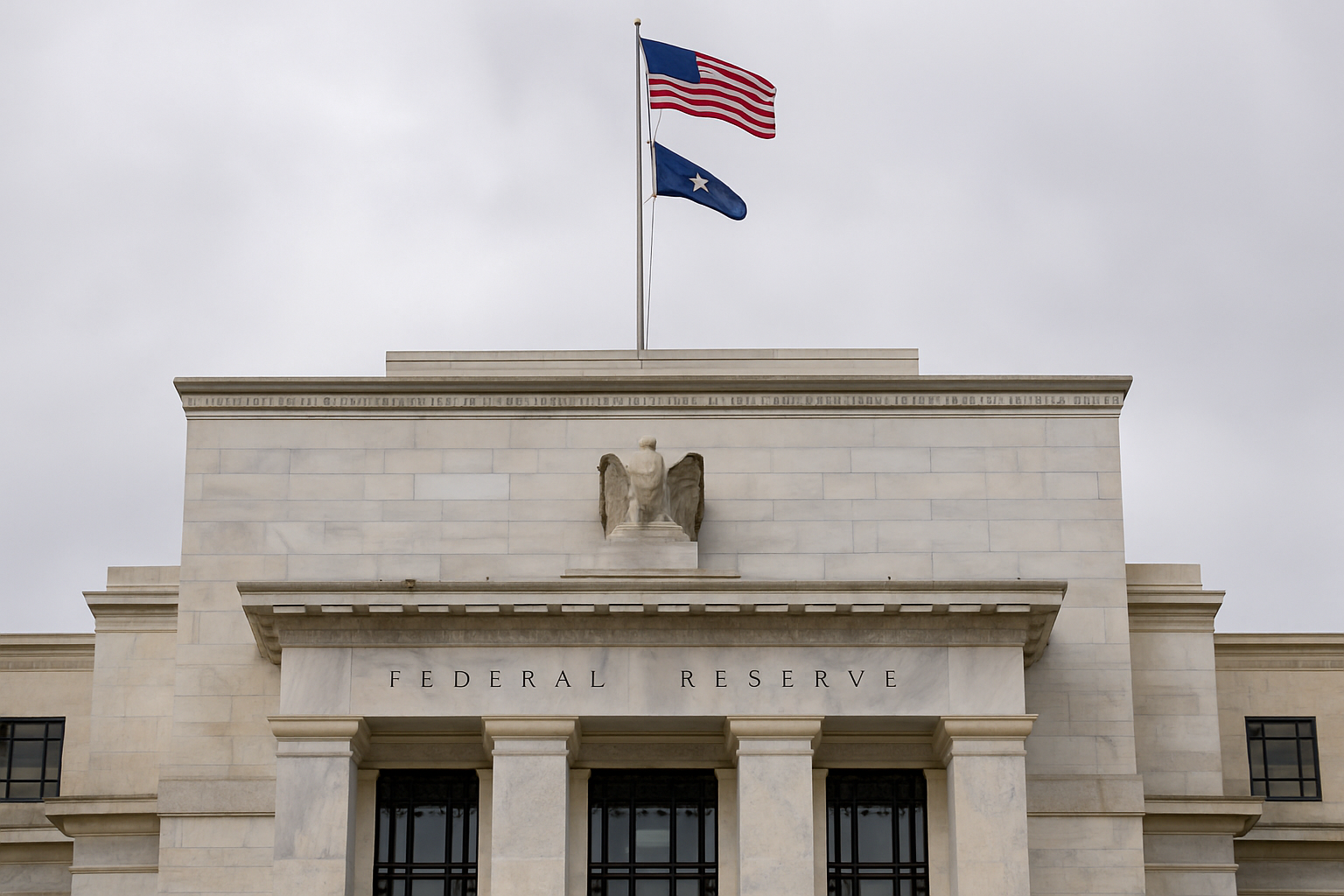Wall Street is riding a wave of optimism, and investors are paying close attention.
A newly announced trade agreement between the United States and the United Kingdom has sparked a sharp rally in U.S. markets, with equity futures signaling a third straight day of gains. The deal, which comes at a time when global trade dynamics are under close scrutiny, has not only boosted investor confidence domestically but also sent ripples across global markets. Germany’s DAX index hit record highs, reflecting a broader uplift in investor sentiment.
This development underscores the importance of geopolitical stability and trade policy in shaping near-term market performance—and could mark a turning point for sectors sensitive to international commerce.
Why This Matters for Investors
Trade agreements are often underestimated market catalysts—until they’re signed. The U.S.-U.K. deal, which aims to reduce tariffs, streamline digital commerce, and improve regulatory cooperation, is expected to open doors for a wide range of industries, particularly manufacturing, pharmaceuticals, and technology.
Bloomberg reports that U.S. equity futures held steady in early trading, continuing a bullish trend supported by strong earnings reports and a more dovish outlook from the Federal Reserve. Combined with this positive trade development, investor appetite for risk appears to be surging.
Analysts at TipRanks noted that U.S. multinationals with heavy exposure to the U.K. market—particularly in industrials and consumer goods—are well-positioned to benefit from streamlined trade logistics and reduced compliance costs.
What the Numbers Say
- Dow Jones Industrial Average: Up 0.8% in pre-market trading
- S&P 500: Set for its third straight daily gain
- FTSE 100: Up 1.2% following the deal announcement
- DAX (Germany): Hits all-time high amid global market optimism
- U.S. Treasury Yields: Slightly lower, suggesting risk-on sentiment is growing
While the full economic impact of the deal will unfold over time, early indicators point to a stronger growth outlook for both countries—especially as the agreement covers next-generation sectors like clean energy and AI.
Future Trends to Watch
1. Resurgence of Transatlantic Manufacturing
Manufacturers, especially in aerospace and automotive sectors, could see a resurgence in cross-border orders as reduced tariffs improve price competitiveness. According to a Reuters analysis, the trade pact includes provisions to harmonize standards in electric vehicle (EV) production, potentially creating new growth avenues for U.S. automakers.
2. Tech and Digital Services Boom
One of the most forward-looking components of the deal is its digital trade framework, which supports data flow, privacy, and digital taxation alignment. This is a potential tailwind for U.S. tech giants like Microsoft, Amazon, and Alphabet, all of which have substantial operations in the U.K.
3. Boost to Small-Cap Exporters
Smaller companies that previously faced trade friction may find easier access to U.K. markets. Investors may want to keep an eye on small-cap ETFs with European exposure.
Expert Commentary
“This deal is about more than just tariffs—it’s a strategic move toward rebuilding transatlantic economic leadership,” said Danielle Leighton, Senior Economist at Fidelity Global Insights. “In the current geopolitical climate, certainty breeds confidence. And right now, that’s exactly what this deal provides.”
A report from Investopedia further emphasizes that reduced regulatory divergence between the two nations could lead to a “golden window” for cross-border mergers and acquisitions.
Key Investment Insight
For investors, this trade agreement isn’t just a diplomatic headline—it’s a potential inflection point. The sectors most likely to benefit include:
- Manufacturing & Industrials: Enhanced trade flow and reduced compliance hurdles
- Technology & Digital Services: Stronger cross-border synergies and digital trade frameworks
- Consumer Discretionary: Improved export dynamics for U.S. brands
Consider increasing exposure to diversified funds or ETFs with holdings in these sectors, such as the Vanguard Industrials ETF (VIS) or Technology Select Sector SPDR Fund (XLK).
As the U.S.-U.K. trade agreement fuels optimism across equity markets, investors should seize the opportunity to reassess international exposure and look ahead to potential policy-driven growth. With geopolitical clarity returning, the path forward for global equities—at least in the short term—appears increasingly constructive.
📈 Stay ahead of market-moving developments. Follow MoneyNews.Today for your daily dose of credible, insightful investor news.





